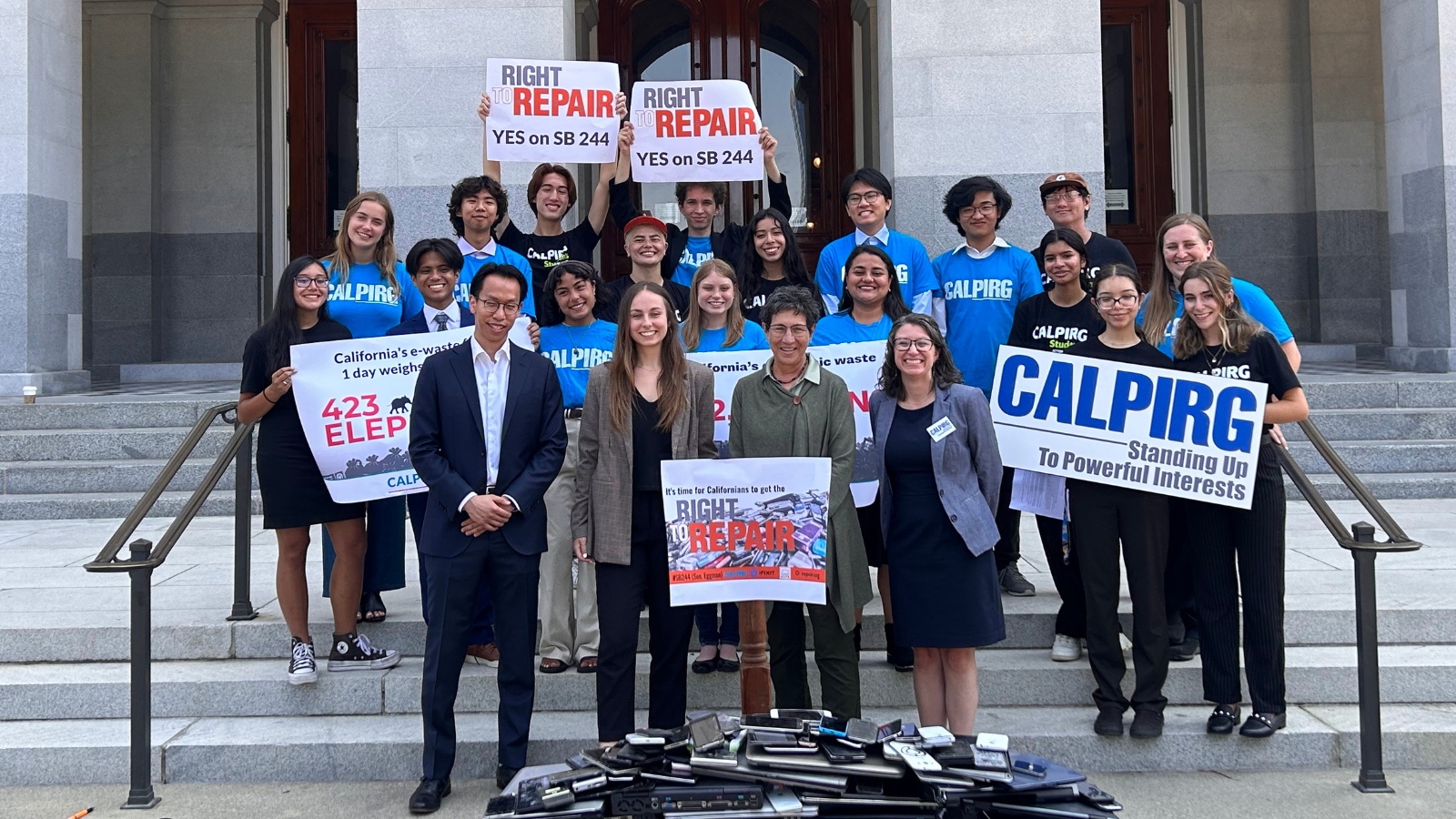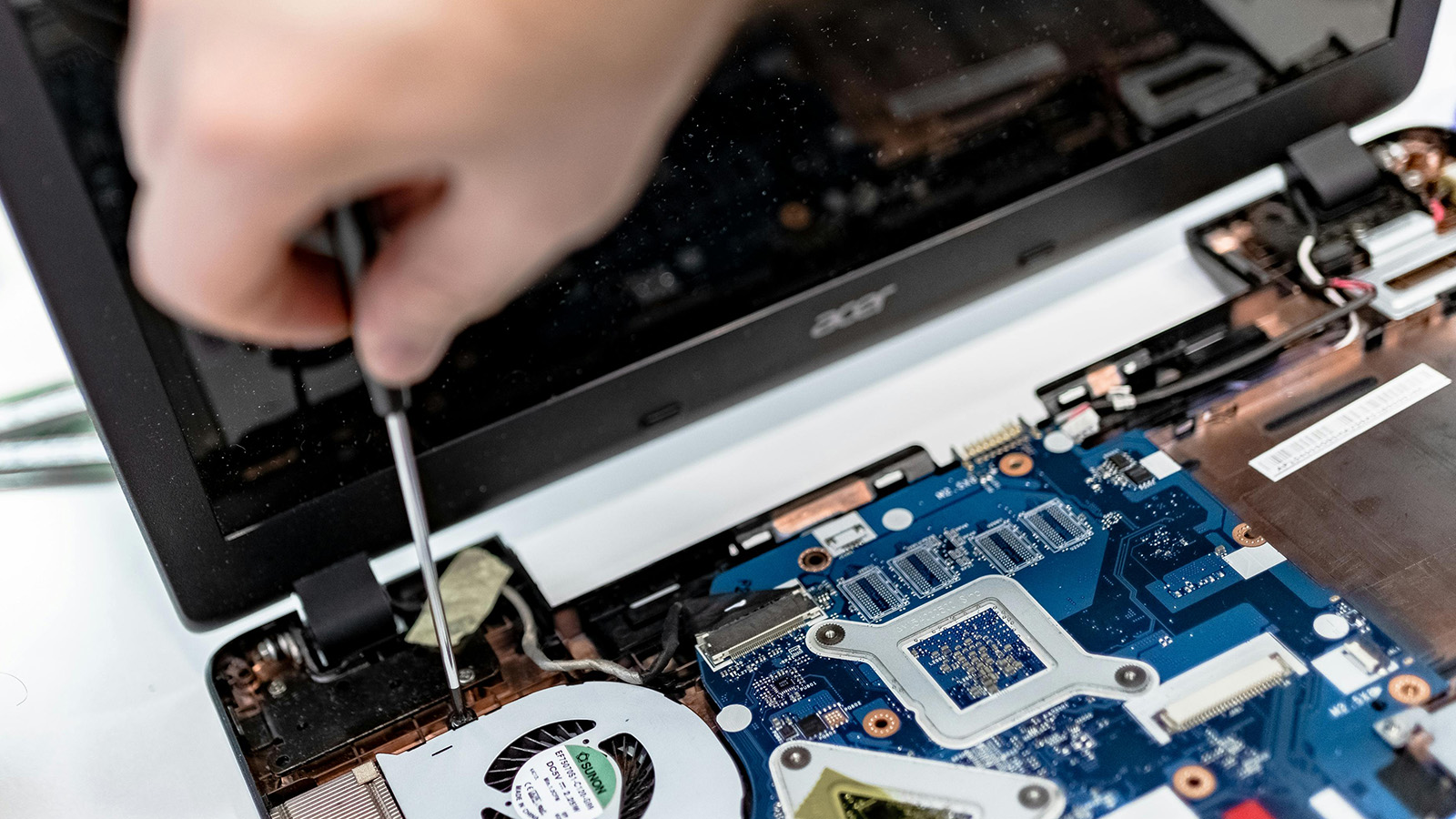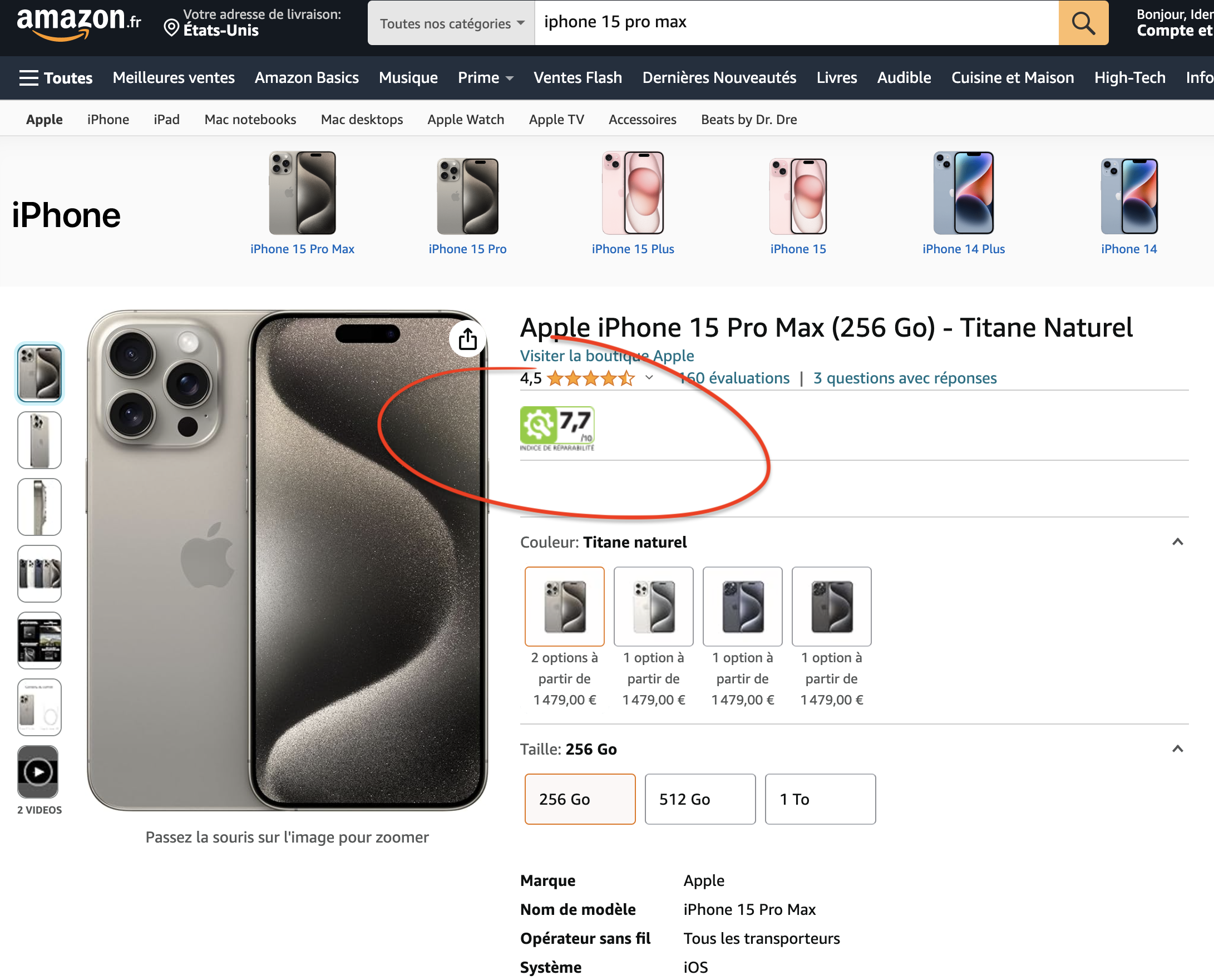
What California’s Right to Repair legislation could mean for you
California could approve a new law to make it easier for you to repair devices. Here’s how it works.

California’s Right to Repair Act is poised to pass the state Legislature in the coming weeks. If passed, the bill would guarantee access to the parts, tools, and documentation needed to repair most consumer electronics (such as phones, televisions, tablets and computers) and appliances (such as washing machines, microwaves and freezers).
What will it actually mean for you, when you find yourself with a broken device?
Right to Repair means more options when things break
Suppose your laptop starts acting funny. You need to get it repaired, and quickly. Many Californians have tried to access repair services only to learn that the manufacturer’s “authorized” repair provider is the only one able to do that repair — no one else can get the specialized resources needed to do the job. When only the manufacturer or their connected repair shops can do the repair, they can charge whatever they want or push you to upgrade.
When passed, the Right to Repair Act will allow any repair shop to get what they need to complete the repairs. The law requires manufacturers provide fair access to all the repair materials they give their authorized providers. No more monopoly over repair.
If you are confident in your own skills you can do the repair yourself, or find a range of shops competing for your repair business. That competition keeps costs down and quality high.
And while the manufacturer has an incentive to convince you to buy a new device instead of fixing the one you broke, an independent repair shop has the opposite incentive.
Our research indicates that Californians could save more than $5 billion by repairing instead of replacing home electronics — and Right to Repair will help ensure that you and your local shops will be able to get what they need.
How does the Right to Repair law work?
The law requires manufacturers of most consumer goods — from phones and tablets, to kitchen appliances and more — to provide fair access to three categories of materials: parts, tools and documentation. Let’s look at each category in practical terms, and also what “fair access” means under the bill’s rules.
- Parts examples: phone screens, computer batteries and dishwasher silverware baskets
- Tools examples: specialty screwdrivers, diagnostic software and “pairing” software to allow new parts to be installed
- Information examples: service manuals and schematics
- Fair access: These parts, tools and information must be provided by the manufacturer at the same cost they already charge their authorized repair networks. Most documentation and diagnostic tools would be free, as long as they are requested in a non-physical format.
What is excluded from California’s Right to Repair law?
According to national Right to Repair experts, like PIRG’s Nathan Proctor, if passed California’s Right to Repair bill would be the strongest consumer Right to Repair bill in the country. Of course, it doesn’t do everything, and there will be more work needed to keep advocating for repair in the face of our current throwaway system.
- There are still several products and devices (alarm systems, video game consoles and speciality equipment that is not sold to consumers, for example) that are not covered. The bill also doesn’t cover farm equipment or medical devices, which should be addressed in further legislation.
- It only requires access to existing repair materials… so if a manufacturer doesn’t support repair, doesn’t stock any spare parts, or has poor quality materials that don’t really help, that’s all we get. We need manufacturers to do a better job making quality repair materials.
- It doesn’t require more fixable designs. Requiring devices to display a “repairability score” at the point of sale (like what is already being done in France) is a next step to encourage manufacturers to take ease of repair into account when designing their devices.
- It only applies to products first sold after July 1, 2021.
- It doesn’t require extending software support. Companies like Google, for example, will still be able to include built-in “death dates” in their Chromebook models, essentially regulating them to the trash bin and preventing reuse.

The Right to Repair future is bright…
Millions of Californians are close to having unprecedented access to a whole universe of repairs.
And unprecedented access to repairs will lead to a huge reduction in electronic waste. According to CALPIRG Education Fund, Californians throw away 1.5 tons of e-waste each minute. By repairing instead of replacing our electronics, we can hold onto our devices longer and start reducing this stream of electronic trash.
Instead of begrudgingly deciding to buy a replacement when something breaks, many of us will happily keep our devices longer. We’ll save money, save resources and create a fixable future.
Topics
Authors
Jenn Engstrom
State Director, CALPIRG
Jenn directs CALPIRG’s advocacy efforts, and is a leading voice in Sacramento and across the state on protecting public health, consumer protections and defending our democracy. Jenn has served on the CALPIRG board for the past two years before stepping into her current role. Most recently, as the deputy national director for the Student PIRGs, she helped run our national effort to mobilize hundreds of thousands of students to vote. She led CALPIRG’s organizing team for years and managed our citizen outreach offices across the state, running campaigns to ban single-use plastic bags, stop the overuse of antibiotics, and go 100% renewable energy. Jenn lives in Los Angeles, where she enjoys spending time at the beach and visiting the many amazing restaurants in her city.
Find Out More

Apple AirPods are designed to die: Here’s what you should know

Best laptops of 2024: The most repairable laptops and why it matters

Amazon displays repair scores for electronics in other countries. Why not here?
